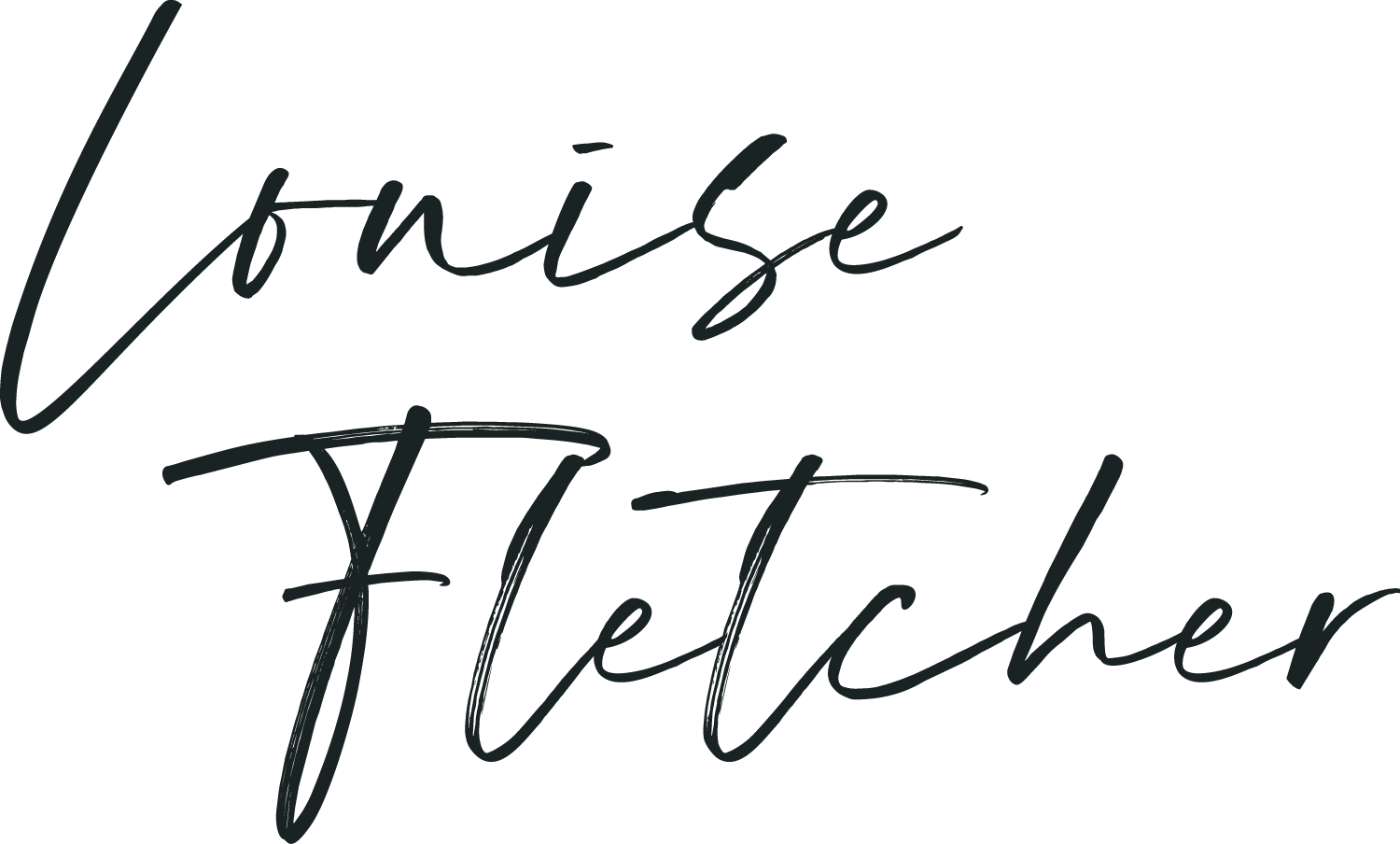Figuring Sh** Out!
As someone who is quite visible on social media, I get a lot of questions. I don’t mind - but I also don’t like answering a lot of them! That’s because so often the questions are not questions I should be answering - they are questions the individuals should be answering for themselves.
People ask “what is the best sketchbook?’ or ‘what brand of paint go you like?’ or “how much medium should I add to paint?’
All of these might seem like reasonable questions but I do not have the answers, because the answers are unique to each person and answering our own questions is quite literally the job of an artist. When we ask and answer questions for ourselves, we gradually work our way towards a unique process and a unique style.
When you've found the paint brand you like and the consistency of paint, and the colour palettes you prefer, and the tools you enjoy using, and the substrate you like, and the subject matters that excites you .... well now you're making unique, personal art :)
This week I made some colour mixing videos for Youtube, all focused on the importance of having enough of the primary hues.
Often when we can’t mix the colours we want, it’s because we are starting from the wrong base. For example, if you want to mix a bright, zingy green, you’ll need a cool blue and a vibrant cool yellow. If you want something that goes more towards olive, you’ll need to start from a completely different blue and yellow (or even a black and yellow).
You may have heard the advice to always have one warm and one cool version of each primary colour, and this is fine. But I prefer a different approach. I prefer to collect many different hues of red, yellow and blue, and to also buy paint in black and white. I never buy the secondary colours such as green, purple or pink (I will occasionally allow myself a cadmium orange but I usually mix even my own oranges).
Provided you have a range of primaries, you can mix the most fabulous array of colours - literally anything you can imagine.
There’s one important caveat, which is that too much freedom can be a bad thing. If we can mix all the colours, what’s to stop us? Before long, we will have paintings that look and feel like a complete cacophony.
That’s where the limited palette comes in. By allowing myself only one of the 3 primaries each time (along with black and white) I can create paintings that are completely cohesive. All the colours will harmonise because they all came from the same red, blue and yellow.
Of course, I never follow rules, so I also throw in one or two wild cards at some point in the process. This creates an exciting contrast to all the harmony I’ve created.
I really believe that getting to know your colours is vital for a painter. I have lots of blues, yellows and reds, and I have spent many hours mixing colours just to see what happens, filling sketchbooks and swatches with thousands of hues - all different from one another.
As a result, I can mix any colour I want fairly quickly. I no longer have to keep notes of how I reached a colour, because I can work it out quickly at a glance.
I have answered my colour questions for myself, simply by experimenting. So if you find yourself tempted to ask another artist a question - such as "how did you get that colour?" or "how did you get that effect?" - I recommend swallowing the words, going into your studio, and conducting some experiments to figure it out. As you do, you'll find your own answer, which will be different (plus you will probably also stumble on the answer to a totally different question you'd never have asked!)
When people ask me 'how do I find my own style?' this is my new answer - you start figuring sh** out!

